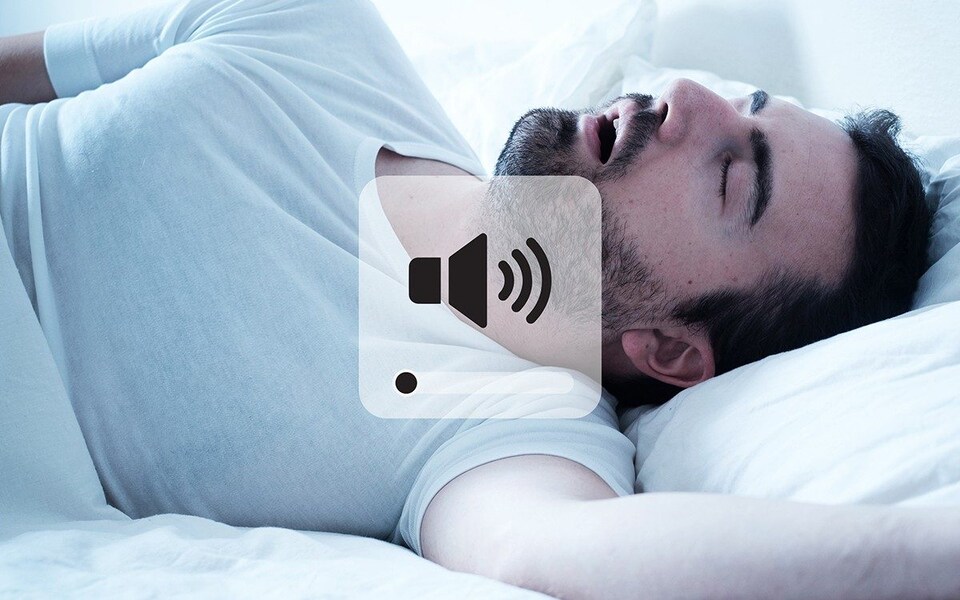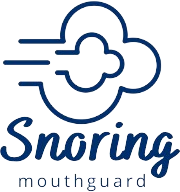Introduction:
Snoring, a widespread concern impacting numerous individuals, can significantly disrupt both the sleep patterns of those affected and those sharing their space. This comprehensive guide aims to explore the root causes of snoring, shedding light on this common issue. Moreover, we present practical and effective solutions geared towards assisting you in putting an end to snoring, ultimately facilitating a tranquil and restful night’s sleep for all involved.

Understanding the Causes
Anatomy and Snoring
Understanding why snoring occurs is crucial in finding the right solutions. Snoring often results from the vibration of tissues in the throat and nasal passages during sleep. Factors such as excess weight, poor muscle tone, and aging contribute to these vibrations.
Snoring, a disruptive sleep phenomenon, often stems from intricate anatomical factors. The underlying issue involves the vibration of tissues within the throat and nasal passages during sleep. This vibration occurs when air encounters an obstruction, leading to the characteristic sound associated with snoring. Several factors contribute to this obstruction, with excess weight, poor muscle tone, and the natural aging process being common culprits.
The throat and nasal tissues are dynamic structures influenced by various factors. Excess weight can lead to the accumulation of fatty deposits around the neck, narrowing the airway and increasing the likelihood of snoring. Similarly, diminished muscle tone, a natural consequence of aging or sedentary lifestyles, allows these tissues to collapse more easily, intensifying the vibrations that cause snoring.
Understanding this connection is pivotal in developing effective solutions. Addressing the anatomical aspects through lifestyle changes, such as weight management and targeted exercises, can significantly reduce snoring. It’s essential to recognize the intricate interplay between the body’s anatomy and snoring to tailor solutions that target the root causes effectively.
Sleep Position and Its Impact on Snoring: Optimal Sleeping Posture
The way you position yourself during sleep can significantly influence snoring. Sleeping on your back may cause the tongue and soft palate to collapse to the back of the throat, obstructing the airway. We recommend adopting a side-sleeping position to alleviate this issue.
The significance of sleep position in influencing snoring cannot be overstated. A common scenario involves individuals sleeping on their backs, a position that often exacerbates snoring. This occurs when the tongue and soft palate collapse to the back of the throat, creating an obstruction that results in snoring.
The solution lies in adopting an optimal sleeping posture, specifically favoring side sleeping. Sleeping on one’s side helps keep the airways open, minimizing the chances of throat tissues collapsing and reducing snoring episodes. While changing one’s sleeping position may require some adjustment, the long-term benefits in terms of improved sleep quality are well worth the effort.
Effective Strategies to Stop Snoring
Effective Strategies for Lifestyle Changes: Balancing Diet and Exercise
Lifestyle changes, particularly in diet and exercise, play a pivotal role in mitigating snoring. Maintaining a healthy weight is a cornerstone in preventing excess pressure on the airways, reducing the likelihood of snoring. A balanced diet rich in nutrients supports overall health and contributes to muscle tone, further aiding in snoring prevention.
Regular exercise, specifically targeting the muscles in the throat and neck, can significantly improve tone and reduce the vibrations that lead to snoring. It’s essential to approach lifestyle changes comprehensively, addressing both dietary habits and physical activity to achieve optimal results in snoring reduction..
Addressing Nasal Congestion: Simple Solutions for Unrestricted Breathing
Addressing nasal congestion is essential for promoting unrestricted airflow during sleep. Using saline nasal sprays or employing a humidifier can help keep nasal passages clear. This simple adjustment can significantly reduce snoring caused by nasal obstruction.
Nasal congestion is a common contributor to snoring, as it restricts the airflow through the nasal passages. Simple solutions, such as using saline nasal sprays or incorporating a humidifier into the sleep environment, can make a substantial difference. These remedies work by keeping the nasal passages clear and reducing the resistance to airflow, minimizing snoring caused by nasal obstruction.
Understanding the role of nasal congestion in snoring allows for targeted interventions that address this specific aspect. By ensuring unobstructed nasal passages, individuals can experience improved airflow, resulting in reduced snoring and a more restful night’s sleep.
Positional Therapy: Encouraging Side-Sleeping for Snoring Reduction
Positional therapy involves optimizing one’s sleeping position to minimize snoring. Investing in a body pillow or using specialized positional therapy devices can encourage side-sleeping, preventing the collapse of throat tissues that leads to snoring. This simple yet effective approach provides a practical solution for individuals struggling with snoring related to sleep position.
Encouraging side-sleeping not only addresses snoring concerns but also aligns with overall sleep hygiene recommendations. This makes it a versatile and accessible strategy for individuals seeking immediate and sustainable improvements in their sleep quality.
In the next section, we will explore medical interventions for severe snoring cases, offering insights into advanced solutions that go beyond lifestyle adjustments.
Medical Interventions for Severe Cases
Continuous Positive Airway Pressure (CPAP) Therapy
For individuals with severe snoring issues, CPAP therapy can be a game-changer. This involves wearing a mask that delivers a continuous stream of air, preventing airway collapse. While it may take some getting used to, CPAP is highly effective in reducing snoring and ensuring uninterrupted sleep.
Surgical Options
In extreme cases, surgical interventions may be considered. Procedures such as uvulopalatopharyngoplasty (UPPP) or genioglossus advancement (GA) target specific anatomical structures to alleviate snoring. Consultation with a healthcare professional is crucial to determine the most suitable option.
Conclusion
In conclusion, understanding the root causes of snoring and implementing effective strategies is essential for achieving a restful night’s sleep. Whether through lifestyle changes, positional therapy, or medical interventions, there are numerous ways to combat snoring and improve your sleep quality.
